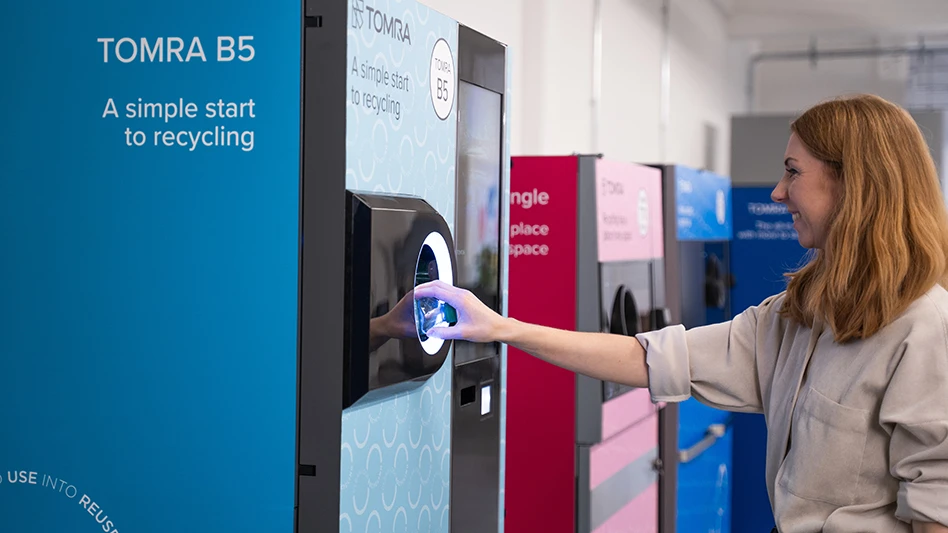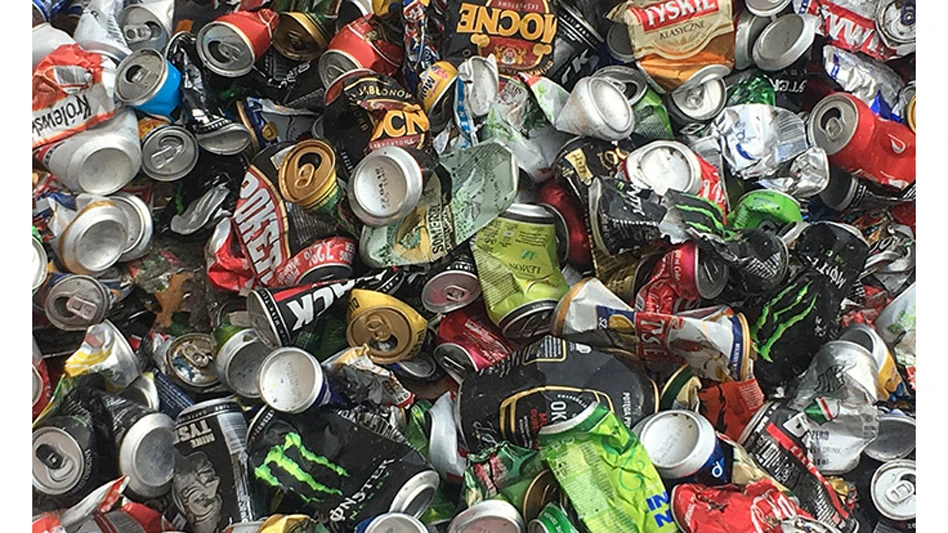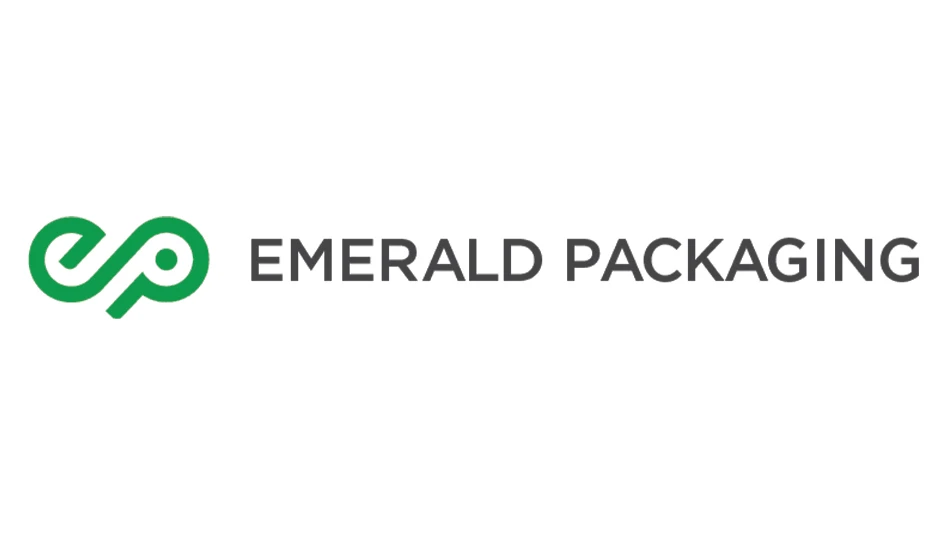
Photo provided by Tomra Sorting Recycling.
Europe-based Tomra Sorting Recycling says the X-ray transmission (XRT) technology in its X-Tract and X-Tract X6 Fines units has been deployed to efficiently separate aluminum and aluminum alloys from other metals and can deliver “consistent quality for the resulting raw materials and products.”
“Aluminum is a light metal with a bright future, and its production is tending to increase, as the material largely replaces steel in many applications thanks to its strength and low weight,” says Brian Gist, sales director-metals at Tomra Sorting Recycling.
Adds Gist about aluminum’s future value, “A clear example is the automotive sector, and even more so in electric cars, where weight reduction is crucial. Therefore, when using recycled material, quality control is essential. This process starts with the scrap aluminum recyclers, as they supply raw materials to the aluminum producers. However, the latter must verify that the materials they have purchased meet the respective quality requirements. Both recyclers and producers must, therefore, be involved in the improvements in the classification of materials.”
Tomra says its XRT technology can optimize melt shop outcomes for aluminum producers who use shredded aluminum scrap consisting of several alloys and heavy metals, including copper, zinc, iron, magnesium and silicon.
“Prior to the melting process of secondary aluminum, our XRT technology separates the heavy metals from aluminum alloys containing more than 2 percent heavy metals before they enter the furnace,” says Gist. “Each aluminum alloy contains a certain percentage of other metals, which must be constantly controlled to ensure that the chemical composition of the product meets the required specifications. In this way, aluminum producers control the quality level before the material enters the furnace, and [thus] avoid the loss of castings due to heavy metal peaks exceeding the maximum allowable content of these elements. Tomra’s technology becomes a second control barrier after the materials have been processed by the recyclers.”
Secondary aluminum production using scrap has a fundamental positive role in the recycling economy, says Gist. It increases recovery rates and delivers a high-quality end product with a lower carbon footprint, since it requires lower energy and raw material costs compared to the primary aluminum smelting process. The latter uses bauxite ore as a raw material and requires high energy consumption and complicated physico-chemical processes, he adds.
Tomra says its XRT technology may well be deployed by refiners and remelters if their scrap suppliers do not invest in it. Using the sorting technology can potentially reduce the cost of the scrap they buy, since the materials do not need to have an excessively strict composition, says the company.
If remelters have XRT sorting capabilities, they can buy scrap at a lower price and at a lower quality that can be subsequently cleaned by X-Tract technology. “Secondary smelters who are particularly interested in separating scrap to pure fractions now have the possibility of buying raw materials at a lower price and sort it with Tomra’s XRT technology to achieve the desired quality level—a very favorable option,” states Gist.
In addition to upgrading aluminum scrap, processors or remelters can produce new fractions via X-Tract, such as by separating the crankcase from the profile.
“We believe the trend today is for aluminum producers to continue to develop their processes for separating raw materials,” says Gist. “It has even partially replaced the work of the recyclers in terms of material differentiation, creating new qualities that are always adapted to their needs.”
Not using a technology such as the XRT from Tomra involves several risks if the material does not meet the required specifications in terms of composition and product size, according to the company.
The final product may not achieve the desired properties, and then to compensate for this quality deviation other types of materials must be added during the refining process, says Tomra. Using these additives can result in higher costs per ton of the final product.
Tomra says its X-Tract unit enables sorting by recovering ready-to-melt aluminum fractions with a purity of 98-to-99 percent. It enables substances to be separated according to their atomic density, regardless of their color and surface impurities, says the company.
The Tomra X-Tract X6 Fines unit has been designed to identify and classify particle sizes between .02 and 1.5 inches (5 to 40 millimeters), almost half the size of those that could previously be processed, says the firm. In addition, the heavy metals separated with this device can be further separated by the Tomra Combisense Belt system by color, brightness and shape, says the technology firm.
The operating costs of sensor-based dry sorting systems are significantly lower compared to a system with dense media that uses water and additives, says Tomra. Additionally, dry sorting makes the need for water treatment obsolete.
“In short, these flexible devices (easy, fast and simple sorting program changes from the control panel) with agile operation (on-off without waiting time) are ideal to meet the new challenges and needs of the market,” says Gist. “In addition, they allow control of the percentage of heavy metals entering the melting process. In this way, they control the final quality of the product and therefore avoid exceeding the permitted limits of these heavy metals, which, if not controlled, could cause ‘non-conformity’ of the casting, with great economic consequences,” he concludes.
Both in Europe and North America, scrap consumers are increasingly facing the challenge of producing pure aluminum end products that are free of not only heavy metals but also of light fractions, such as magnesium, according to Tomra.
“Magnesium makes up between 1 percent and 4 percent of typical [shredded] scrap aluminum fractions, and is regarded as an unwanted contaminant in the scrap mix, which in the end makes it difficult for recyclers to sell,” says Frank van de Winkel, Tomra’s business development manager-metal. “Especially in the U.S., secondary aluminum smelters require zorba to be magnesium free in order to better sell it within domestic markets,” he adds.
Continues Van de Winkel, “Due to magnesium and aluminum being similar in density, technologies have difficulties in clearly differentiating between these materials in order to separate them. To this end, removing magnesium from aluminum scrap is still a challenge that requires advanced technology.”
Latest from Recycling Today
- ReMA urges open intra-North American scrap trade
- Axium awarded by regional organization
- China to introduce steel export quotas
- Thyssenkrupp idles capacity in Europe
- Phoenix Technologies closes Ohio rPET facility
- EPA selects 2 governments in Pennsylvania to receive recycling, waste grants
- NWRA Florida Chapter announces 2025 Legislative Champion Awards
- Goldman Sachs Research: Copper prices to decline in 2026





